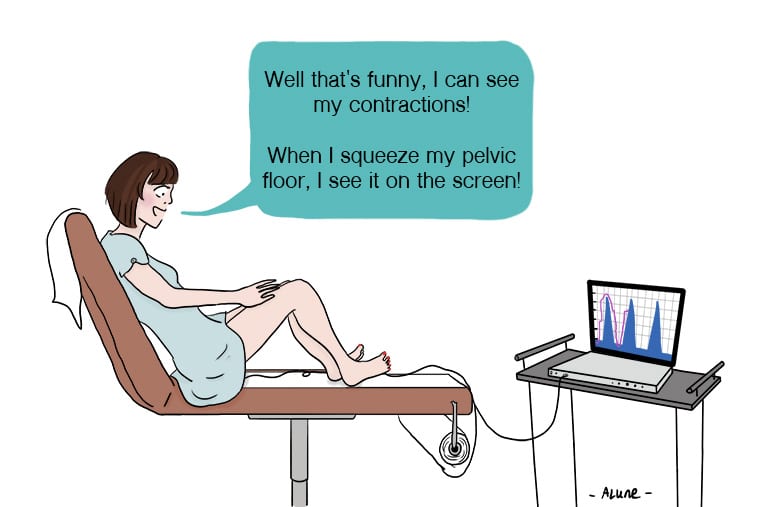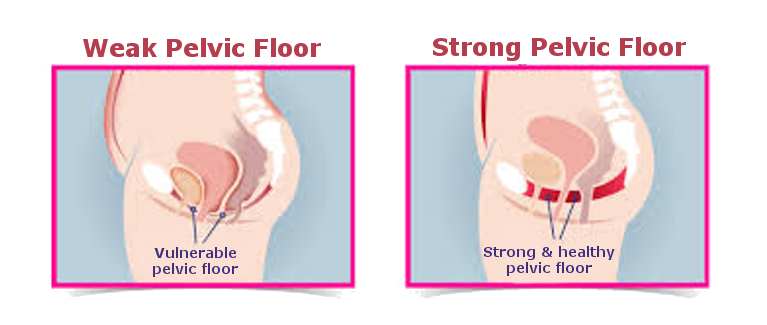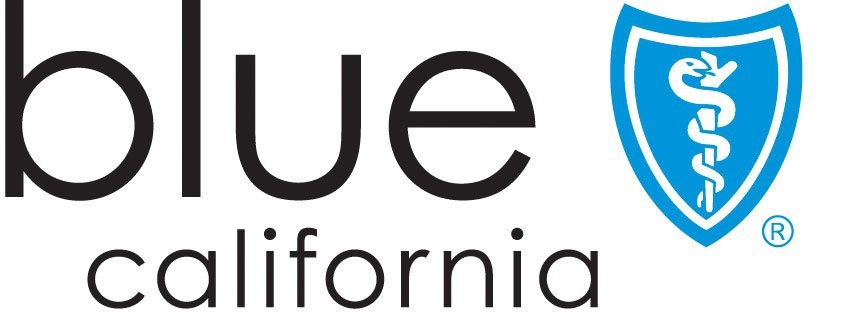Some people with overactive bladder use biofeedback to gain control of their bladder. Known to be a safe and effective method of increasing pelvic floor muscle strength millions of women have had success in regaining bladder control.
 Pelvic Floor Biofeedback Or Electrical Stimulation Fizimed
Pelvic Floor Biofeedback Or Electrical Stimulation Fizimed
It improves and strengthens your mind-body connection so that you regain control over your body.

Biofeedback therapy for bladder control. The pelvic floor muscles PFM are a group of muscles that play an important role in bladder control. Some biofeedback tools have small exposed sensors that are placed inside the. It has been used.
Biofeedback has been successfully employed in cases of urinary incontinence due to detrusor instability. Using images on a computer screen you will learn to strengthen tone and relax the pelvic floor muscles. It can be used to help women learn to control and strengthen the pelvic floor muscles.
A biofeedback device captures your pelvic floor muscles movements to give you feedback and help you to progress. Biofeedback Therapy Pelvic Floor Muscle Strengthening For Bladder Control Your physician may recommend that you have biofeedback therapy. Biofeedback uses measuring devices to help people become aware of and learn to control certain bodily functions.
In biofeedback your doctor uses computer graphs and audio cues to identify which muscles youre contracting during. How is biofeedback used to treat incontinence and bladder problems. Using pressure biofeedback like sitting on a rolled towel or using ones finger vaginally is another good way to identify the strength.
This painless therapy provides feedback to you and your therapist on the strength and relaxation of your pelvic floor muscles. The intervention of biofeedback serves as an adjunct to teaching one how to isolate a contraction of the pelvic diaphragm which is known as specificity of contraction. Urinary incontinence is characterized by a persons inability to control his or her bladder.
Biofeedback therapy uses electronic instruments to measure and give feedback about the users neuromuscular activity. Biofeedback has been proven effective in the treatment of urinary incontinence in numerous research studies. If these muscles are weakened or damaged incontinence can occur.
Biofeedback is used to treat many conditions such as headaches high blood pressure and incontinence. You are the one working and learning to control your bladder. Biofeedback has been proven effective to treat urinary incontinence in many research studies and is used to help women learn to control and strengthen their pelvic floor muscles.
Biofeedback Therapy for Incontinence The pelvic floor muscles help control bladder and bowel function. Biofeedback helps you learn how to control certain functions in the body. Biofeedback and Incontinence Biofeedback is used to treat incontinence by helping you learn to control and strengthen your pelvic floor muscles which play a crucial role in bladder control.
Biofeedback can help you learn which muscles to use when to use them and how hard to contract them to prevent leakage. It also helps coordinate the pelvic diaphragm contraction with the lower abdominal andor the additional accessory muscles of obdurate internus and hip adductors. There are several types of instruments that may be used when conducting biofeedback and all are effective in measuring muscle activity.
Indeed a recent report has shown that biofeedback-assisted behavioral treatment is more effective than either oxybutynin or placebo in the treatment of urge and mixed urinary incontinence in older community-dwelling women. Patients have difficulty identifying controlling and coordinating their pelvic floor muscles so they perform the pelvic floor exercises ineffectively. Patients embarking on biofeedback need to be well motivated and intelligent enough to understand what is expected of them.
Biofeedback Therapy for Incontinence Biofeedback provides you with immediate information about how well you are performing pelvic floor exercises. The term biofeedback describes a treatment process that uses computer animation to measure record and display information directly from the patients body. If bladder incontinence is due to weakening muscle problems or nerve issues physical therapy may be a recommended treatment option.
To summarize biofeedback therapy can be very helpful. Childrens Health offers a six-week biofeedback program for children and adolescent patients who are struggling with urinary incontinence urinary tract infection poor bladder emptying andor dysfunctional voiding. A technique called biofeedback can help you do Kegel exercises more effectively.
Biofeedback is a technique which is designed to help strengthen your urethral and anal sphincter muscles and pelvic floor muscles and help you to gain control over your bladder.







